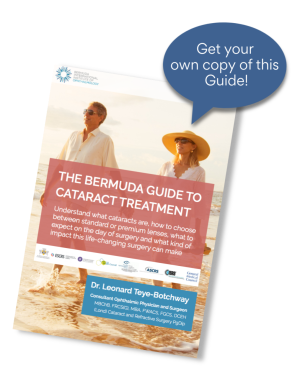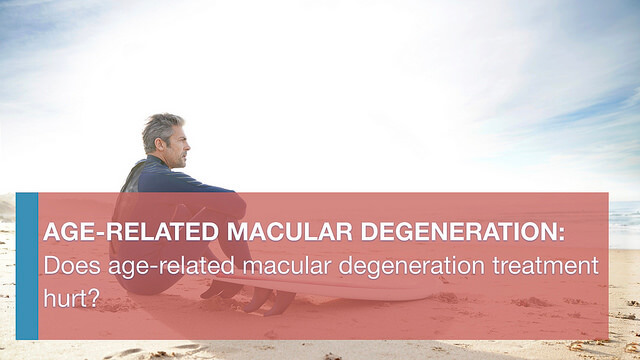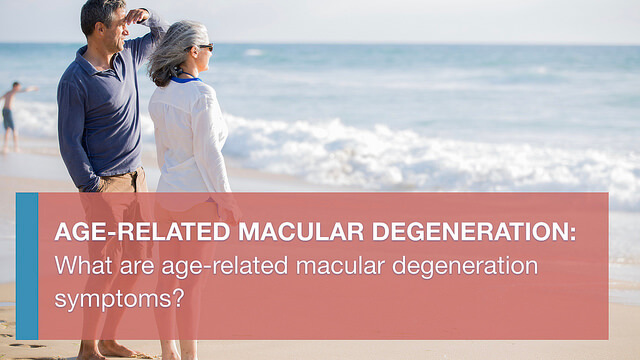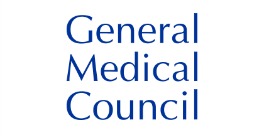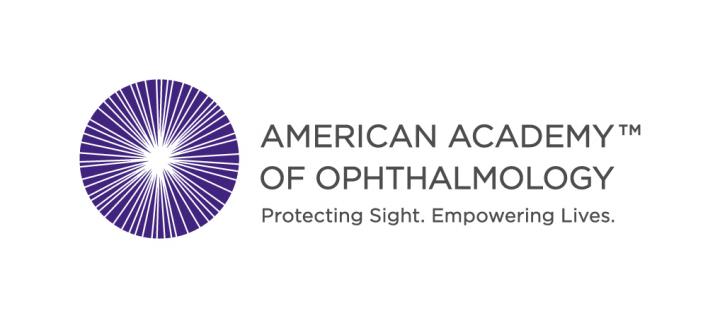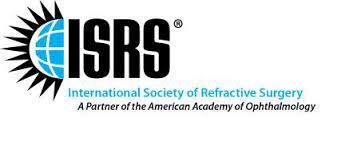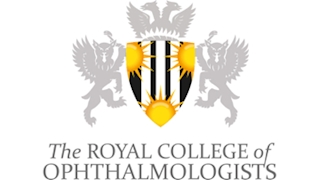Age-related Macular Degeneration
Age-related Macular Degeneration (AMD) is the leading cause of legal blindness in the elderly Caucasian population but is relatively rare in other races.
The degenerative condition of the central retina (macula) only affects central vision, leaving peripheral vision intact. AMD affects approximately 30% or more of the Caucasian population age 75 and higher and, while no one knows the exact cause of this disorder, a genetic link has been made.
The primary lesion appears to occur deep to the central retina with deposits known as drusen. Drusen are thought to be metabolic by-products, the increasing deposition of which may further interfere with the high metabolic activity of the macula.
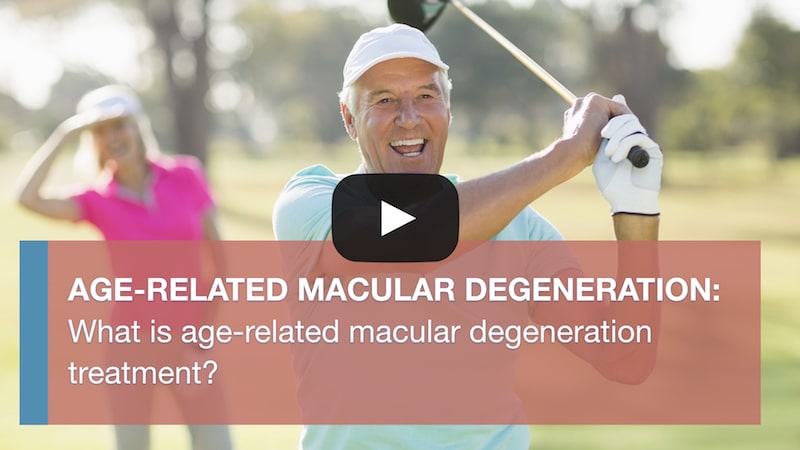
What causes Age-related Macular Degeneration?
“Dry” AMD
The deposition of drusen typically begins in the middle-aged and progressively worsens throughout many years, perhaps several decades.
This is associated with increasing macular destruction and gradual reduction in central vision. “Dry ” AMD accounts for 90% of cases and, fortunately, does not usually cause total loss of reading vision. Patients with this form of AMD must be monitored quite closely, as the condition may deteriorate into “wet” AMD.
“Wet” AMD
The “wet” form of AMD accounts for only 10% of all cases and is more visually debilitating. This form of the disease occurs when a tiny frond of vessels (capillaries) breaks through a layer of the retina known as Bruch’s membrane and grows beneath the macula. This is known as a choroidal neovascular membrane (CNVM).
The abnormal vessels of the CNVM may leak fluid causing a localized swelling, or worse, result in a localized bleed. This is the condition most likely to result in legal blindness. It is important to realize, however, that even “wet” AMD doesn’t lead to “cane blindness,” given that peripheral vision remains intact.
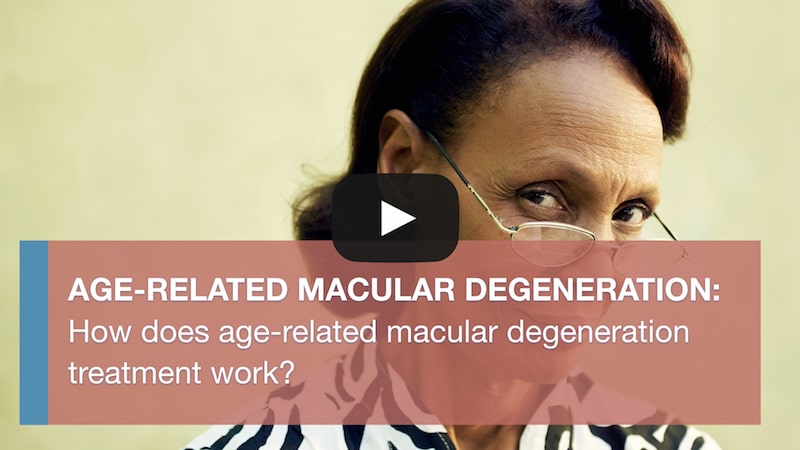
At a glance
TREATMENT OPTIONS
- Avastin/Lucentis
- Optical Coherence Tomography (OCT) (examination)
YOUR SPECIALIST
AMD symptoms and lifestyle impacts
Risk factors for vision loss with AMD include advancing age, hyperopia (farsightedness), family history of AMD, exposure to ultraviolet (UV) light, smoking, and high blood pressure. Nutritional factors may also play a role, and will be discussed in further detail below under “Protection Against AMD”.
Age-related Macular Degeneration examination in Bermuda
Amsler Grid: This simple screening test is used to assess the macula (the center of the retina). The Amsler Grid consists of evenly spaced horizontal and vertical lines printed on black or white paper. A small dot is located in the center of the grid for fixation. While staring at the dot, the patient looks for wavy lines and missing areas of the grid. This test is especially helpful for monitoring vision at home.
The doctor is especially interested in the following when testing vision with the Amsler Grid:
- Are you able to see the corners and sides of the square?
- Do you see any wavy lines?
- Are there any holes or missing areas?
If the lines of grid do not appear straight and parallel or there are missing areas, the doctor will examine the back of the eye (macula) very closely. This test is frequently given to patients for home use to monitor macular degeneration. When using the test at home, notify the doctor if any changes in the appearance of the Amsler Grid are detected.
The diagnosis of “dry” AMD is made on clinical findings alone, that is, by examination of the retina using specialized equipment. When an ophthalmologist suspects “wet” AMD, a fluorescein angiogram (FA) or indocyanine green (ICG) angiography may be completed.
Either of these studies involves intravenous injection, and in some cases, oral administration, of the respective dye with subsequent photography of the retina. These are extraordinarily safe procedures, which are completed in the office.
The photographs are subsequently reviewed by the ophthalmologist for signs of “leaky” or bleeding vessels beneath the macula indicative of a CNVM. If a CNVM is confirmed, the patient is said to have “wet” AMD.
Age-related Macular Degeneration treatment in Bermuda
There is no specific treatment for “dry” AMD, through a multitude of studies is in progress in search of prevention or a cure. As stated earlier, patients with “dry” AMD should be carefully monitored for the development of “wet” AMD and should follow their ophthalmologist’s advice regarding management.
Treatment for the “wet” form of AMD is aimed at minimizing visual loss and minimizing the size of the resulting central “blind spot”. Simply put, ophthalmologists may use a laser to destroy the CNVM, or abnormal vessels, in the macula. Studies have shown that patients who are treated with conventional laser, which has now been largely abandoned, typically had slightly better vision 2 years following treatment than patients never treated.
However, patients with sub-foveal (central) “wet” AMD requiring laser to the fovea (central macula) had a sudden and often disappointing decrease in vision. Unfortunately, a substantial number of patients do present with sub-foveal “wet” AMD. As such, conventional laser therapy for wet AMD lost most of its lustre by the late 1990’s and is now reserved for those cases in which the abnormal vessels (CNVM) present far from the center of the macula.
A more advanced form of treatment for AMD, known as photodynamic therapy or PDT, has shown excellent success in preventing further deterioration of vision for many patients with “wet” AMD. PDT, which was FDA approved in 2001, involves the intravenous injection of a photosensitizing dye known as Visudyne, which selectively accumulates in abnormal new vessels such as those that develop in “wet” macular degeneration (the CNVM). A red laser, which causes photo-oxidation of the Visudyne, is then shown into the eye for approximately 90 seconds.
This destroys the abnormal vessels in the macula without any significant collateral damage. PDT has been quite effective at vision preservation in patients with classic choroidal neovascular membranes (CNVM). However, it is much less effective in the more common occult (difficult to see due to blood or fluid) CNVM’s. At present, PDT is still commonly used. However, because the Visudyne dye is expensive and a specialized red laser is required, most patients can only receive the treatment from vitreoretinal surgeons, thereby making access even more difficult. Furthermore, re-treatments are typically required every few months, at least in the first 24 months following the initial diagnosis.
In December 2004, the FDA approved the latest treatment available for “wet” AMD, which is known as Macugen (pegaptanib). Macugen is a vascular endothelial growth factor (VEGF) inhibitor. When Macugen is injected into the vitreous humor of the eye, it has the capability of neutralizing a specific vascular endothelial growth factor known as VEGF-A 165. The result is an attack of both the angiogenic (vascular growth) response and vascular leakage that are together responsible for the acute visual loss in “wet” AMD.
Macugen has demonstrated prevention of visual loss as compared with previous “standard of care” treatments that would include observation of occult CNVM’s and PDT with Visudyne for classic CNVM’s. Macugen has broad implications for treatment as it has shown efficacy in the management of all types of new onset “wet” AMD. Macugen has shown that it can prevent severe visual loss (defined as loss of three lines of visual acuity on the Snellen eye chart) in as many as 70% of the treated patients during the period of follow-up. Unfortunately, Macugen only has a temporary effect and must be re-administered approximately every six weeks. Furthermore, only 6% of patients experienced gains in visual acuity, and the average patient in the study still lost visual acuity over the two years of treatment.
Nevertheless, Macugen therapy represents a major advance in our armamentarium against AMD. It will prevent severe vision loss in the majority of appropriately selected patients with new onset “wet” AMD and has opened the door to further investigation in the management of this potentially devastating disease.
Protection Against AMD
UV Protection likely plays an important role in prophylaxis against AMD. Beginning at a young age, it is important to begin protecting the eyes from UV light. Look for sunglasses that afford 100% UV protection or prescription eyewear with the same. Realize that eyewear need not be dark to protect one’s eyes from UV light. 100% UV protection can be present in spectacles with virtually clear lenses. Also, consider wearing a brimmed hat to shade the eyes while outdoors.
Nutrition most certainly plays a role in AMD as well. Research suggests that individuals whose diets are rich in leafy green vegetables have less risk of AMD. This is thought to be secondary to the intake of a group of carotenoids (colorful pigments) found in high concentrations in certain leafy green vegetables. These pigments are also present in significant concentrations in the macula itself. These carotenoids, known as lutein and zeaxanthin, are antioxidants, which likely play a role in neutralizing free radicals (charged molecules), produced in the highly metabolically active macula. A recent study sponsored by the National Institutes of Health found that individuals who had the highest consumption of vegetables rich in carotenoids, especially lutein and zeaxanthin, had a 43% lower risk of developing AMD than those who ate these foods the least. Vegetables that are rich in these two carotenoids would include raw spinach, kale, and collard greens.
Nutritional supplements may be beneficial for those people unable to get adequate intake of fruits and vegetables. However, studies are presently unclear as to whether one can achieve the same protection from supplements containing carotenoids that are achieved with consumption of vegetables themselves.
Smoking is a powerful risk factor for loss of vision with AMD. One study showed that smoking more than doubles the risk of AMD. This study also found that AMD is more than twice as common in people who smoke more than a pack of cigarettes a day, compared with people who do not smoke. Furthermore, the risk remains high even 15 years after quitting. The advice from ophthalmologists, therefore, is to quit smoking if you desire to retain the best possible vision, regardless of your age.
High Blood Pressure must also be controlled, as this is another risk factor for loss of vision with AMD. Patients should seek and follow the advice of their primary care doctors if they have hypertension. Furthermore, patients should limit saturated fats in the diet and keep alcohol consumption to a minimum.
What Supplements Should One Take to Prevent AMD Progression?
Given the findings of these studies, most ophthalmologists have begun to recommend that patients with AMD include an abundance of leafy green vegetables in their diet. Bausch and Lomb, the maker of Ocuvite®, produces supplements specific for patients with macular degeneration, including Ocuvite Extra®, and Ocuvite® Lutein. These products are found in retail stores and pharmacies everywhere. Macular Protect Complete® from Science-Based Health, Alcon laboratories ICaps™, and other supplements also contain antioxidant vitamins and zinc in dosages supported by the AREDS study group, along with various doses of other vitamins and minerals, which are beyond the scope of this article. It should be pointed out that supplementation with beta-carotene, a vitamin A precursor, has been shown to increase the risk of lung cancer among smokers. However, whole food based supplementation has not been shown to increase the risk of lung cancer among smokers, and there is some evidence that whole food based nutrition may decrease the risk of lung cancer in smokers. One study showed that a higher intake of green and yellow vegetables or other food sources of beta-carotene reduced the risk of lung cancer. As such, smokers should exercise caution in consuming any non-whole-food based supplement that contains beta-carotene or Vitamin A.
The latest news from your eye doctor in Bermuda
We regularly share new videos and blog posts for our Bermudian patients about common eye questions and concerns. You can subscribe at the bottom of this page to receive the latest updates.
Does Age-related Macular Degeneration treatment hurt?
Age-related Macular Degeneration treatment is quite comfortable for most patients. We ensure that patients are as comfortable as possible before beginning.
What are Age-related macular degeneration symptoms?
Age-related Macular Degeneration symptoms start out with people seeing bends or kinks in straight lines. When the condition progresses, the vision blurs more.
Memberships and Accreditations
About the author
Leonard Teye-Botchway
Consultant Ophthalmic Physician and Surgeon |MBChB, FRCS(G), MBA, FWACS, FGCS, DCEH (Lond), Postgraduate Diploma in Cataracts and Refractive Surgery
I am Leonard Teye-Botchway and I am the Medical Director and Consultant Ophthalmologist at Bermuda International Institute of Ophthalmology in Bermuda. The joy and elation I get from seeing patients who are very happy they can see after surgery is almost unimaginable. This is what really drives me to carry on being an ophthalmologist.
We have sourced some or all of the content on this page from The American Academy of Ophthalmology, with permission.

